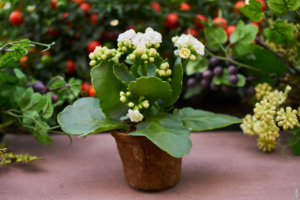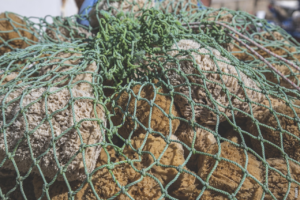The Art of Plant Breeding
Plant breeding is a fascinating and intricate process that has been practiced for centuries. It involves the deliberate crossing of two different plant species or varieties to create a hybrid plant with desirable traits. This practice has revolutionized agriculture and led to the development of numerous crop varieties that are more productive, disease-resistant, and adaptable to different environments.
The Basics of Hybridization
Hybrid plants are created through a process called hybridization. In this process, the male reproductive cells (pollen) from one plant are transferred to the female reproductive organs (ovules) of another plant. The resulting offspring inherit characteristics from both parent plants, giving rise to a new plant with unique traits.
Selecting Parent Plants
Before hybridization can occur, careful selection of parent plants is crucial. Breeders look for plants with complementary traits that they want to combine in the hybrid offspring. These traits can include disease resistance, improved yield, tolerance to environmental stresses, or enhanced nutritional qualities.
Pollination and Fertilization
Once the parent plants are selected, the process of pollination and fertilization takes place. This can occur naturally, through wind or insect pollination, or it can be done manually by breeders. In manual hybridization, breeders carefully collect pollen from one plant and transfer it to the stigma of the other plant. This ensures controlled pollination and increases the chances of successful hybridization.
Hybrid Vigor
One of the key advantages of hybrid plants is their increased vigor, known as hybrid vigor or heterosis. Hybrid vigor occurs when the offspring of two different parent plants exhibit superior traits compared to their parents. This can include increased growth rate, larger fruits or flowers, or improved resistance to pests and diseases.
Post
Post
Stabilizing the Hybrid
After successful hybridization, breeders aim to stabilize the desired traits in the hybrid plant. This involves several rounds of selective breeding and backcrossing to ensure that the offspring consistently exhibit the desired traits. Stabilization is essential to create a reliable and uniform hybrid variety that can be reproduced through seeds.
Applications of Hybrid Plants
Hybrid plants have widespread applications in agriculture, horticulture, and landscaping. They have contributed to increased crop yields, improved nutritional content, and enhanced ornamental qualities in flowers and plants. Hybridization has played a significant role in developing disease-resistant crop varieties, reducing the need for pesticides and promoting sustainable farming practices.
The Future of Hybridization
As technology advances, plant breeders are exploring new ways to create hybrid plants. Techniques like genetic engineering and genome editing offer exciting possibilities for targeted manipulation of plant traits. These advancements may lead to the development of even more resilient and high-performing hybrid varieties.
In conclusion, the creation of hybrid plants is a complex and fascinating process that combines the art and science of plant breeding. Through careful selection, controlled pollination, and stabilization of desired traits, breeders have been able to create hybrid varieties that have revolutionized agriculture and contributed to sustainable food production.



